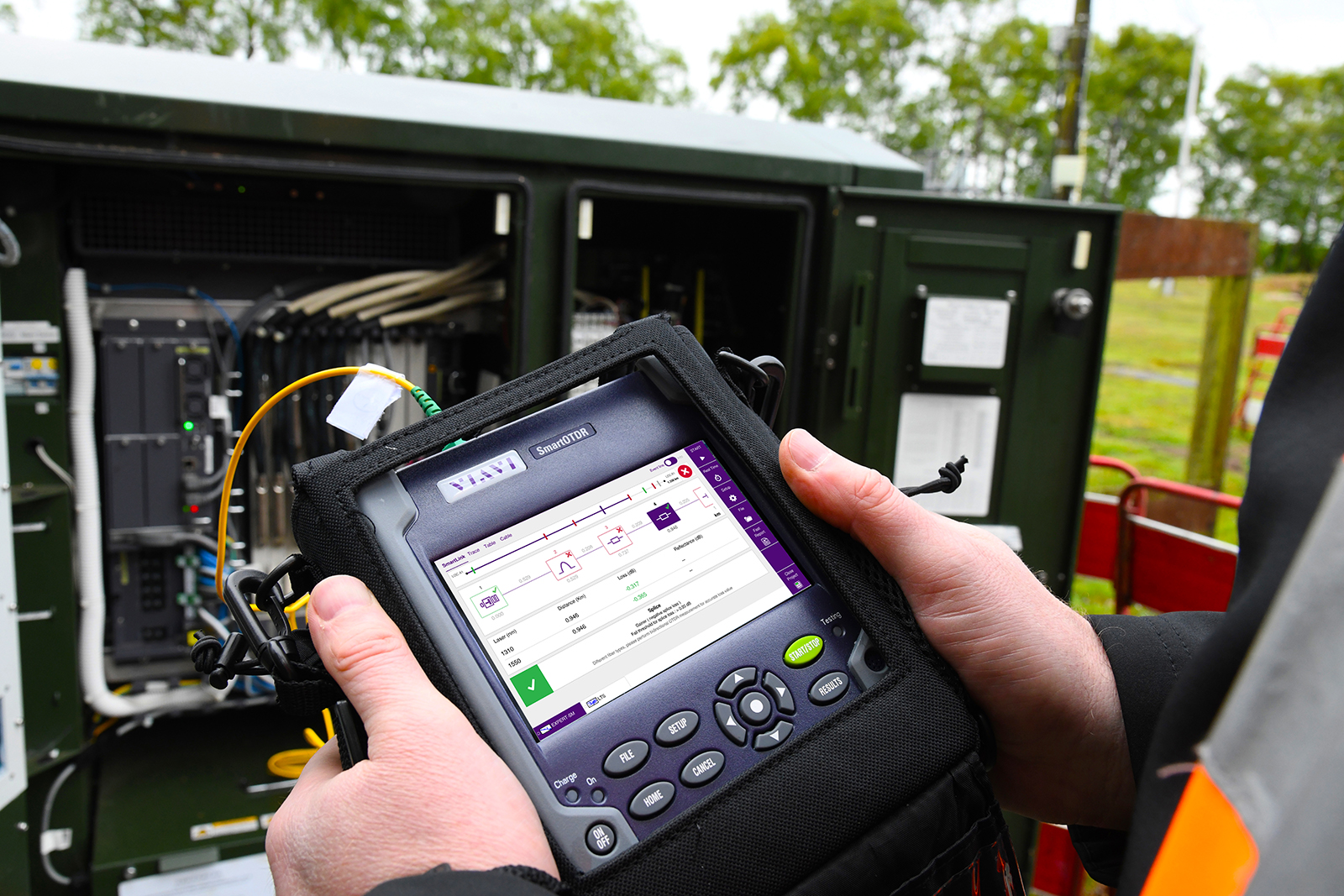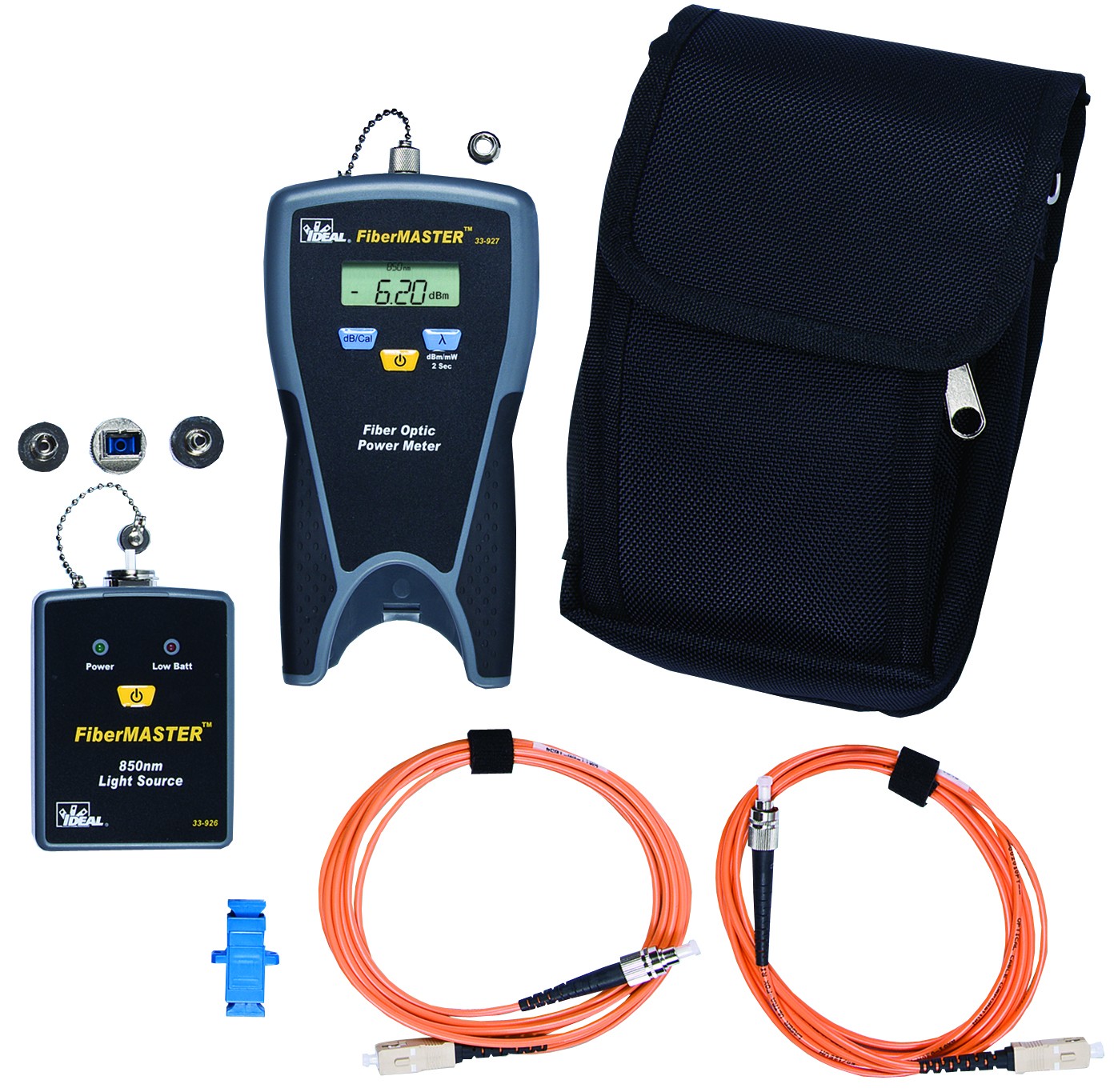Live analysis of fiber quality using optical fibre diameter analyzer
Live analysis of fiber quality using optical fibre diameter analyzer
Blog Article
A Comprehensive Guide to Optical Measurement System for Fiber Analysis
When it involves fiber analysis, comprehending optical dimension systems is vital for examining performance and making certain quality. You'll check out essential techniques like interferometry and spectroscopy, which assist you gauge vital parameters. There's even more to it than simply these approaches; mastering attenuation measurement methods can considerably influence your network's performance. As you browse with this overview, you'll reveal understandings that can change your strategy to fiber optics.
Understanding Optical Measurement Solutions
When you discover optical dimension systems, you'll uncover they're essential for analyzing fibers with precision. These systems utilize light to assess different attributes of fibers, consisting of diameter, refractive index, and uniformity. By employing techniques like interferometry and spectroscopy, you can gain valuable insights into the fiber's properties.You'll find that these systems are designed to minimize mistakes and boost precision, making sure dependable information for your analysis. Different configurations, such as single-mode and multi-mode systems, accommodate details fiber types, permitting you to select the best fit for your needs.Moreover, the combination of advanced software program devices helps you analyze the information effectively, making it simpler to identify any kind of incongruities or flaws. As you examine much deeper right into these measurement systems, you'll value exactly how they streamline the logical process and improve the total quality of fiber manufacturing and screening.
Key Parameters for Fiber Evaluation
Key parameters for fiber evaluation play an essential duty in establishing the top quality and performance of optical fibers. When you evaluate a fiber, you'll want to concentrate on features such as depletion, bandwidth, and modal dispersion. Attenuation gauges the loss of signal stamina as light travels through the fiber. A reduced attenuation value indicates much better high quality and longer transmission distances - optical measurement system.Bandwidth refers to the data-carrying capability of the fiber and is vital for high-speed interaction. You'll require to analyze the bandwidth to assure it fulfills your application demands. Modal diffusion, which occurs from the different rates at which light journeys via different settings in multimode fibers, affects signal clarity
Techniques for Attenuation Measurement

Bandwidth and Its Influence On Efficiency
Understanding transmission capacity is important for optimizing fiber performance, as it directly affects the amount of information that can be sent over a network. Greater transmission capacity implies you can send more information at the same time, enabling faster communication and much better general performance. When you're working with fiber optics, it's crucial to take into consideration how transmission capacity communicates with fiber features, such as core dimension and material properties.If the transmission capacity is restricted, you may experience information loss or slower rates, affecting your applications. Furthermore, different kinds of fibers can support differing data transfer degrees, so it's important to pick the ideal fiber for your specific needs.You need to also bear in mind that environmental elements, like temperature level and external disturbance, can impact data transfer. By understanding these facets, you can make educated choices to improve your fiber optic systems, ensuring trusted and efficient data transmission.
Refractive Index Measurement Techniques

Total Internal Representation
Overall inner representation (TIR) functions as a basic concept for gauging the refractive index of fibers. When light journeys from a denser medium to a less dense one, it can just be fully reflected if the angle of occurrence exceeds a particular limit, called the vital angle. This phenomenon allows you to figure out the refractive index by assessing the angles at which light shows or refracts. By making use of a configuration that directs light right into a fiber and determines the resulting angles, you can compute the refractive index properly. Understanding TIR not just enhances your fiber analysis but additionally enhances the design and efficiency of optical systems. So, leveraging TIR can result in extra reliable fiber-based applications.
Interferometric Techniques
Building on the concepts of complete inner reflection, interferometric strategies supply a powerful means for measuring the refractive index of fibers with high precision. These techniques manipulate the disturbance patterns produced when light beam of lights split and recombine after taking a trip various paths. You can use setups like the Michelson or Mach-Zehnder interferometer to examine phase changes brought on by adjustments in refractive index. By very carefully calibrating your system and examining the resulting fringes, you can figure out the refractive index with impressive accuracy. It's important to preserve steady ecological conditions to reduce mistakes. With these methods, you'll boost your understanding of fiber homes, leading to far better efficiency in different applications, from telecommunications to sensing unit innovation.
Modal Diffusion and Its Value
Modal diffusion refers to the spreading of light pulses as they travel with a fiber, which can influence the overall performance of the system. You'll see that this sensation can lead to signify distortion, affecting information transmission rates and quality. Understanding its importance is vital for maximizing fiber optic designs.
Definition of Modal Dispersion
In optical fiber interactions, modal diffusion plays a substantial function in determining signal high quality and transmission rate. It occurs when different light settings travel at varying look at these guys rates with the fiber. Since each mode has distinctive paths and features, they can come to the receiving end at different times. This time distinction can cause signal spreading and distortion, which can weaken the total performance of the communication system. You may run into modal dispersion largely in multimode fibers, where the numerous courses of light aggravate the concern. Understanding modal dispersion is important for optimizing fiber designs and making sure that your communication systems operate successfully, maintaining the stability of the transmitted signals over longer distances.
Results on Fiber Performance
Recognizing modal dispersion helps highlight its effects on fiber performance. This phenomenon occurs when different settings of light travel at varying rates within the fiber, causing indicate spreading over time. As you analyze fiber optics, you'll discover that raised modal diffusion can substantially break down signal high about his quality, causing minimized bandwidth and longer transmission distances. In useful terms, this indicates your data can arrive distorted or postponed, influencing total communication performance. To minimize these impacts, you could consider making use of single-mode fibers, which decrease modal diffusion. By picking the appropriate fiber kind and recognizing exactly how modal dispersion affects efficiency, you can improve transmission quality and guarantee dependable data transfer in your optical dimension systems.
Tools and Technologies for Optical Measurements
When it comes to optical dimensions, numerous innovative tools and technologies are at your disposal to improve fiber evaluation. You'll find fiber optic testers, which examine signal quality and performance, essential for preserving excellent network effectiveness. Optical time-domain reflectometers (OTDRs) are essential for locating faults and determining loss over ranges, providing comprehensive understandings right into fiber honesty. Furthermore, spectrometers can assess light ranges, assisting you determine product residential properties and composition.Don' t overlook the relevance of imaging systems, like electronic microscopes, that allow you to aesthetically check fiber surface areas for flaws. Additionally, take into consideration making use of polarization analyzers to measure anxiety and strain in fibers, which is important for recognizing their actions under different problems. By leveraging these tools and innovations, you can significantly enhance your fiber analysis processes, making sure reliability and high performance in your optical networks.
Regularly Asked Inquiries
What Are the Costs Connected With Optical Measurement Equipments?
The costs connected with optical measurement systems can differ significantly. You'll need to review tools rates, maintenance fees, software application licenses, and potential training costs. Budgeting very carefully will aid you prevent unanticipated monetary difficulties down the line.

Exactly How Frequently Should Fiber Evaluation Be Executed?
You ought to carry out fiber analysis regularly, commonly every 6 months or after considerable modifications More Bonuses in the environment (optical fibre diameter analyzer). This ensures ideal performance and assists determine potential problems prior to they influence your system's efficiency and dependability
Can Optical Measurement Equipments Be Adjusted at Home?
Yes, you can calibrate optical dimension systems in your home, yet it calls for precision. Ensure you adhere to the producer's standards, make use of ideal calibration criteria, and confirm your results to ensure accuracy in your measurements.
What Industries Commonly Make Use Of Optical Measurement Solutions?
You'll locate optical measurement systems commonly used in sectors such as telecoms, production, health care, and research study. They're crucial for quality assurance, fiber analysis, and guaranteeing exact dimensions in numerous applications, improving performance and accuracy across industries.
Exist Any Type Of Safety Interest In Optical Measurement Equipments?
Yes, there are safety interest in optical dimension systems. You should always use safety eyeglasses to protect your eyes from intense light sources and warranty appropriate training to handle tools safely and avoid mishaps.
Report this page